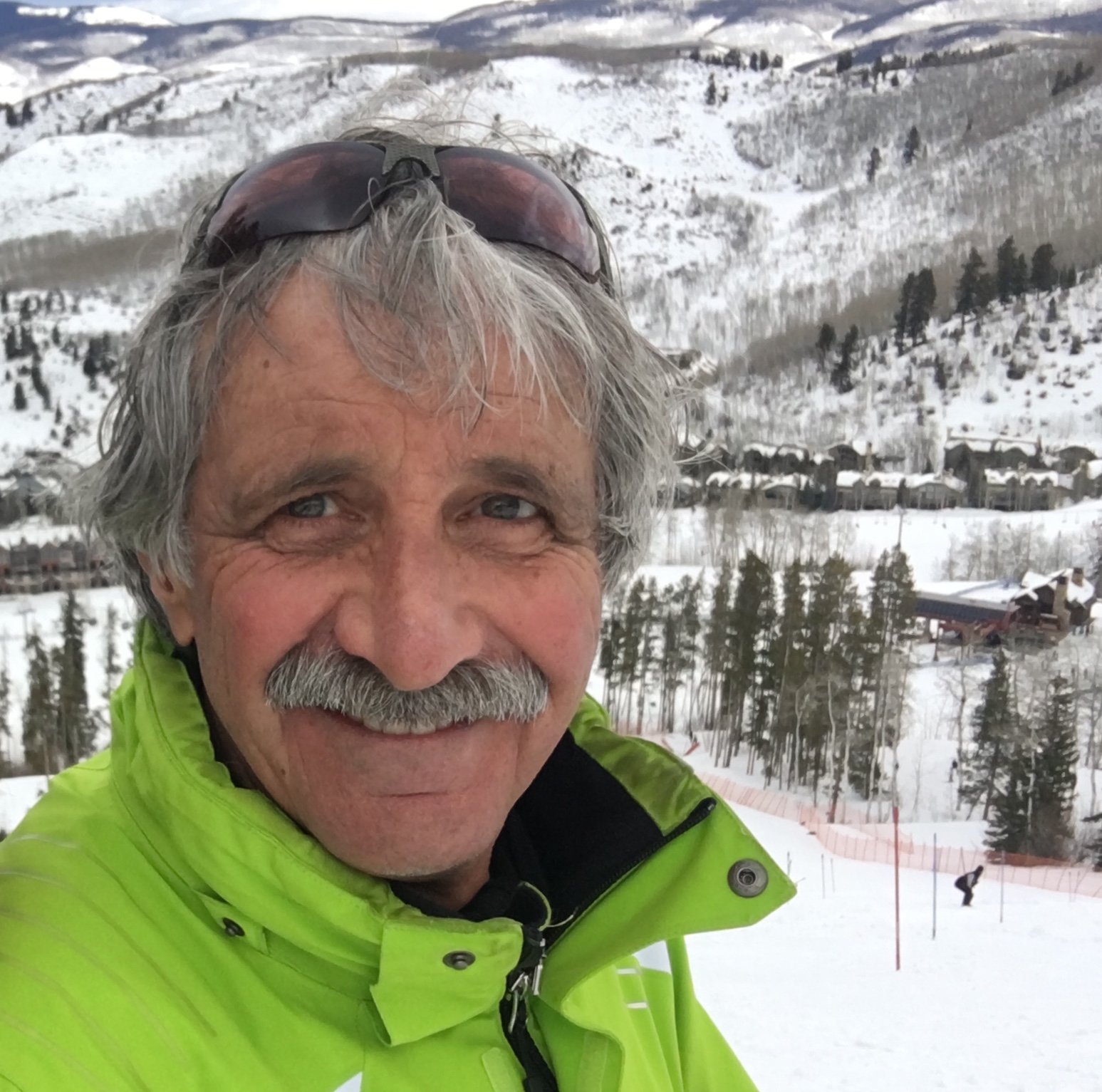By Larry Morandi
In a previous job working with state legislatures, I taped a cartoon on my wall that served as guidance to evaluate policy. It showed Moses descending the mount in a thunderstorm with the tablets held high over his head. As he reached the valley below, he turned, looked back over his shoulder and said, “But what about implementation?”

The banner on the water plan website calls for public involvement with implementing the plan.
Implementation often means dollars. Colorado’s Water Plan proposes to raise $100 million annually beginning in 2020—$3 billion by 2050. Part of that funding includes Colorado’s Water Plan Grant Program created by the Colorado General Assembly in 2017, the first revenue stream dedicated specifically to help achieve the water plan’s measurable objectives.
House Bill 1248—the Colorado Water Conservation Board’s (CWCB) Project’s Bill—allocated $9 million to CWCB in fiscal year 2018 to support structural and non-structural projects in six program areas: Storage—$3 million; Supply and Demand Gap—$2 million; and Agriculture, Conservation and Land Use, Engagement and Innovation, and Environment and Recreation—$1 million each.
So who can apply? Eligible applicants include government agencies and private entities, such as mutual ditch companies, consulting firms, and non-profit organizations. Although limited to $9 million, the grant program envisions leveraging additional dollars through matching requirements, typically at least 50 percent of total project costs.
Storage project grants, for example, can be used for feasibility studies, engineering design and permitting, and projects and processes that result in additional water. Conservation and land use grants, on the other hand, can support water meter replacement and projects that reduce system water loss, promote water reuse, and place water conservation elements into comprehensive land use plans.
The grant program includes three rounds of funding in FY 2018. The first round was completed at CWCB’s November 2017 meeting and allocated $3.45 million for 23 projects. The second round concluded at the board’s January 22-23 meeting with an additional $2.27 million awarded for 18 projects. The balance—$3.28 million—will be approved at a meeting later this year.
It may surprise some to learn which program areas have seen the greatest, and least, demand for funding. Environment and recreation projects top the list—applicants have requested $2.6 million of $1 million in available funds, with $0.8 million awarded to date. Storage applications are at the other end, with only half of available funds—$1.58 million—requested and awarded so far. That figure is expected to rise, however, because grants can only be used for new water storage, not rehabilitation of existing reservoirs, and CWCB staff note that “it takes more lead time to flesh out those project details.”
Although $9 million may seem insignificant when compared to the $100 million annual fundraising goal, CWCB staff emphasize that “it’s still important to jump-start smaller regional projects that don’t have access to the bond market and other resources that larger projects do.” The water plan’s grant program provides seed money it hopes will generate substantial water and financial returns.
This post is part of a series. Look for more on the diversity of water projects funded to implement the water plan’s measurable objectives in future posts.
 Larry Morandi writes on environment and natural resources issues. His articles on drought, the Colorado River and public access to water have appeared in State Legislatures magazine. He recently retired from the National Conference of State Legislatures, a think tank based in Denver, where he was Director of State Policy Research. He previously worked for the Colorado Legislative Council as staff to water committees. Larry has lived in Colorado for the past 40 years, splitting his time between Denver and Summit County.
Larry Morandi writes on environment and natural resources issues. His articles on drought, the Colorado River and public access to water have appeared in State Legislatures magazine. He recently retired from the National Conference of State Legislatures, a think tank based in Denver, where he was Director of State Policy Research. He previously worked for the Colorado Legislative Council as staff to water committees. Larry has lived in Colorado for the past 40 years, splitting his time between Denver and Summit County.

 Print
Print
Reblogged this on Coyote Gulch.